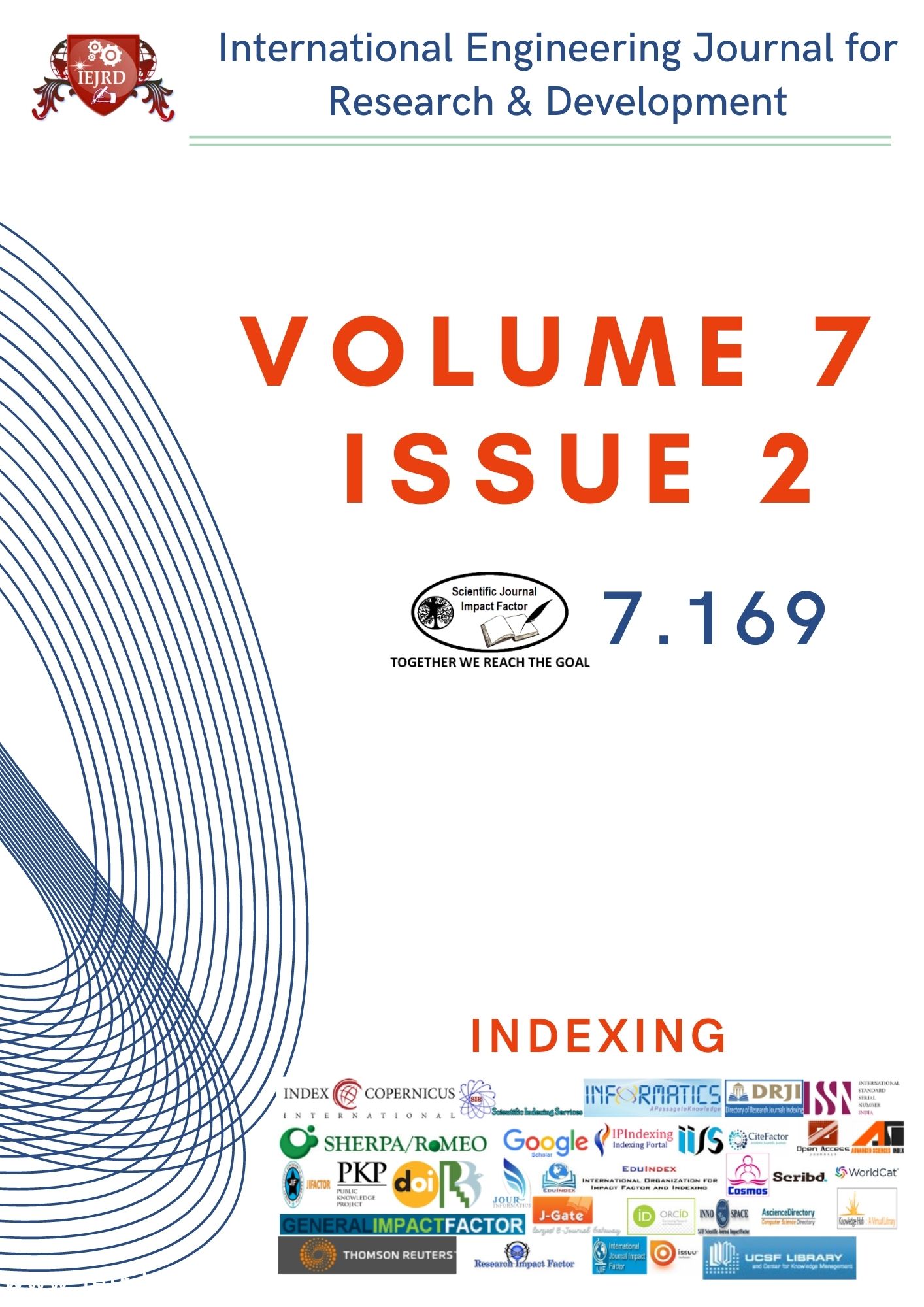DATA PROTECTION AGAINST MALWARE USING MACHINE LEARNING TECHNIQUES
DOI:
https://doi.org/10.17605/OSF.IO/5FEU2Keywords:
– cybersecurity, malware protection, training, data discovery.Abstract
Cyber attacks on confidential data have become a serious threat around the world due to the growing use of computers and information technology. Cyber criminals daily release new malware or viruses over the Internet in an attempt to destroy or steal sensitive data. Consequently, data protection research is of great interest in the Cyber community, to deal with new malware variants, machine learning techniques can be used to accurately classify and detect. This article proposes an efficient scheme for detecting malicious threats using data mining and machine learning methods. Experimental results show that the proposed approach gives better performance compared to other similar methods.
Downloads
References
Islam R, Tian R, Batten LM, and Versteeg S (2013). Classification of malware based on integrated static and dynamic features. Journal of Network and Computer Applications 36:646–656.
K. Tang, M.T. Zhou, Z. Z-H (2010). An enhanced automated signature generation algorithm for polymorphic malware detection, J. of Electronic Science and Technology of China, 8:114–121.
I . Gurrutxaga , Evaluation of Malware clustering based on its dynamic behavior . Seventh Australasian Data Mining conference, Australia, pp. 163–170, 2008.
Tian R, Islam R, Batten L, Versteeg S. Differentiating malware from cleanware using behavioral analysis. Int. conference on malicious and unwanted software: MALWARE 2010; 2010.p. 23-30.
Hadžiosmanovi _, D., Simionato , L., Bolzoni , D., Zambon , E., and Etalle , S. 2012. N-Gram Against the Machine: On the Feasibility of the N-Gram Network Analysis for Binary protocols. Research in Attacks, Intrusions, and Defenses. Springer. 354-373.
Chan PK and Lippmann R. Machine learning for computer security. Journal of Machine Learning Research, vol. 6, pp. 2669–2672, 2006.
Wang, T., Horng , S., Su, M., Wu, C., Wang, P., & Su, W. (2006). A surveillance spyware detection system based on data mining methods. IEEE Congress on Evolutionary Computation, Sheraton Vancouver Wall Center Hotel, Vancouver, BC, Canada. 3236-3241.
Chavan , M. k., & Zende , D. A. (2013). Spyware solution: Detection of spyware by data mining and machine learning technique. International Conference on Advanced Research in Engineering and Technology, Vijayawada, India
JZ Kolter and MA Maloof, “Learning to detect and classify malicious executables in the wild,” Journal of Machine Learning Research, vol. 7, pp. 2721–2744, December 2006, special Issue on Machine Learning in Computer Security.
Y. Ye, D. Wang, T. Li, and D. Ye , “ Imds : intelligent malware detection system,” in KDD, P. Berkhin , R. Caruana , and X. Wu, Eds. ACM, 2007, pp. 1043–1047.
M . R. Chouchane , A. Walenstein , and A. Lakhotia , “Using Markov Chains to filter machine-morphed variants of malicious programs,” in Malicious and Unwanted Software, 2008. MALWARE 2008. 3rd International Conference on, 2008, pp. 77–84.
M . Stamp, S. Attaluri , and S. McGhee, “Profile hidden markov models and metamorphic virus detection,” Journal in Computer Virology, 2008.
R . Santamarta , “Generic detection and classification of polymorphic malware using neural pattern recognition,” 2006.
I. Yoo , “Visualizing Windows executable viruses using selforganizing maps,” in VizSEC /DMSEC '04: Proceedings of the 2004 ACM workshop on Visualization and data mining for computer security. New York, NY, USA: ACM, 2004, pp. 82–89.
Kolter JZ, Maloof MA. Learning to detect malicious executables in the wild. In: Proceedings of the tenth ACM SIGKDD international conference on knowledge discovery and data mining. New York, NY, USA: ACM; 2004. p. 470–8.
VX Heaven collection, VX Heaven website, available at: http://vx.netlux.org
PEid Unpacker. http://www.peid.info/
Jain, S. and Meena , YK 2011. Byte Level n–Gram Analysis for Malware Detection. Computer Networks and Intelligent Computing. Springer. 51-59.
Xu, X. and Wang, X. 2005. An Adaptive Network Intrusion Detection Method Based on PCA and Support Vector Machines. Advanced Data Mining and Applications. Springer. 696-703.
Downloads
Published
How to Cite
Issue
Section
License

This work is licensed under a Creative Commons Attribution-NonCommercial-NoDerivatives 4.0 International License.






















